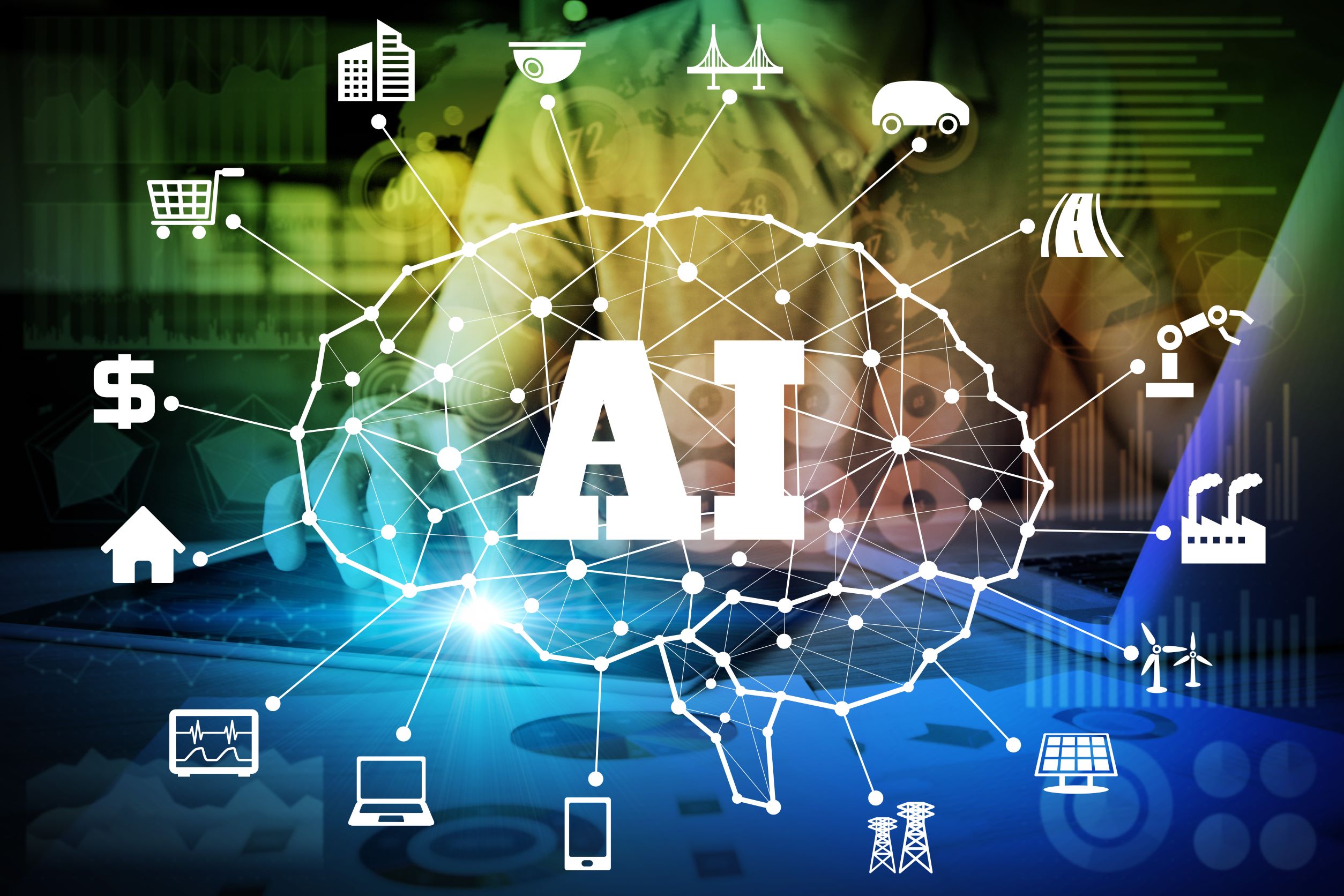In 2023 constateerde Gartner dat 79% van de bedrijfsstrategen de inzet van AI cruciaal achten voor het succes van hun firma in de komende twee jaar. Maar dat in slechts 20% AI ook daadwerkelijk in de dagelijkse werkzaamheden geïntegreerd is. Het blijkt dat de succesvolle implementatie van AI hangt op twee zaken: (1) wat AI concreet kan – dat verbetert in hoog tempo – en (2) de wil van de mensen om AI werkelijk in hun werk te integreren.
In de Harvard Business Review van februari 2025 beschrijft Julian De Freitas, Assistent Professor aan de Harvard Business School, de vijf obstakels voor een succesvolle implementatie en hoe die te adresseren. Wat hij beschrijft is volledig in lijn met wat wij van Hi automation ervaren tijdens onze implementaties:
- AI is te ondoorzichtig – een “black box”.
- AI heeft geen emotie
- AI is niet voldoende flexibel
- AI is te autonoom
- Mensen willen liever interactie met mensen
Daarbovenop leeft de algemene zorg dat de invoering van AI ten koste gaat van banen. Dat de kans toeneemt dat data met kwaadaardige intentie wordt ingezet. En dat pakweg de helft van de mensen denkt dat er een dag komt dat AI de mensheid zal aanvallen. AI implementeren binnen deze algemene context is al een stevige uitdaging. En dan moeten bij een concrete implementatie binnen een bedrijf ook nog eens de bovengenoemde obstakels geadresseerd worden.
Dat de mens centraal moet staan bij de implementatie en het verdere gebruik van AI is derhalve evident. Vanaf het begin goed in contact zijn en diep begrijpen wat de onderliggende emoties en behoeften zijn, is cruciaal. Deze effectief te adresseren is geen sinecure. Een uitleg in het kader van een obstakel kan op zichzelf weliswaar logisch zijn om die zo te doen, maar kan juist het tegengestelde effect hebben en weerstand verder opbouwen.
Deze post is bedoeld om u op deze zaken te wijzen en niet om er dieper op in te gaan. Daarvoor is de materie te complex. Het HBR-artikel geeft u een eerste, wat diepere indruk. Samen met ons dochterbedrijf Hi Automation beschikken de Axisto Group over de kennis en praktijkervaring en helpen u graag verder.
Relevant artikel: Hoe realiseer je snel een duurzame verandering?

